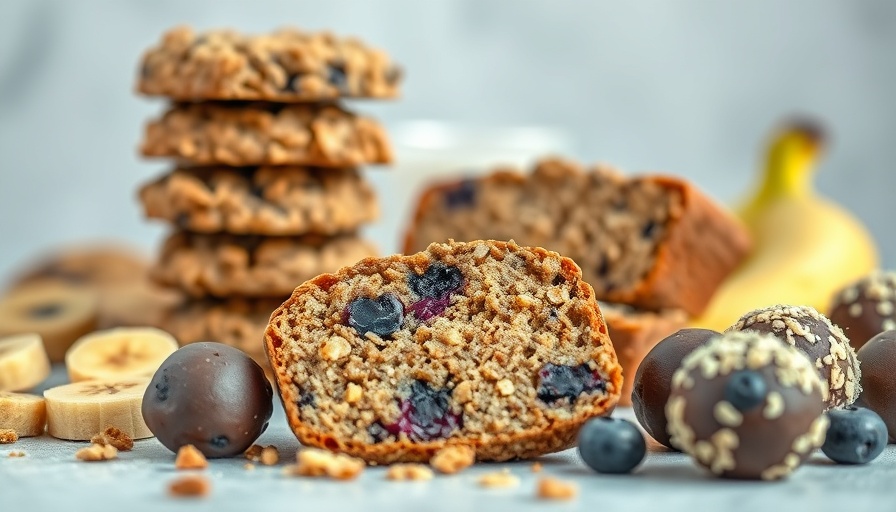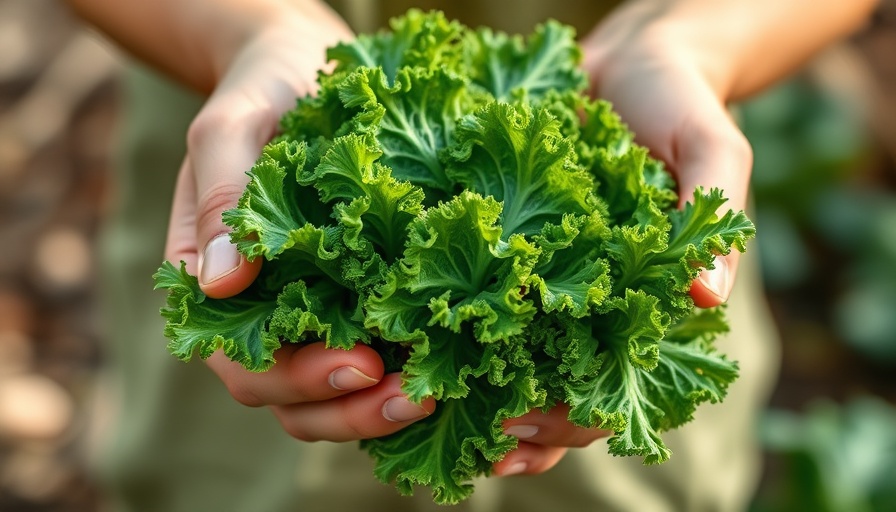
Discover the Creamy Delight: Butter Beans in Onion Sauce
If you're searching for a nutritious dish that brings warmth and flavor to your table, look no further than creamy butter beans in onion sauce. This one-pan recipe stands out not only for its rich taste but also for its health benefits, making it an ideal addition to your Mediterranean-inspired meals.
The Magic of Butter Beans
Butter beans are not just delicious; they’re packed with nutrients. Known for their creamy texture and buttery flavor, they are an excellent source of protein and fiber. Incorporating beans into your diet can help with weight management and support digestive health. Notably, they are low in calories while still keeping you satiated – perfect for those of us navigating our health journeys.
Why Onion Sauce is a Game Changer
The onion sauce elevates the dish with its aromatic allure, combining the sweetness of caramelized onions with a creamy base. Onions themselves are known for their health benefits, including antioxidants that may enhance your immune system. They add both taste and nutrition to this hearty meal. Furthermore, this simple yet effective sauce can easily be modified to suit your preferences – consider adding herbs or spices that tickle your taste buds.
Quick, Easy, and One-Pan: The Advantages You Can't Ignore
In today's fast-paced world, the convenience of a one-pan recipe can’t be understated. Creamy butter beans in onion sauce require minimal effort and clean-up, making it a favorable choice for dinner time. With a cooking time of approximately 30 minutes, it balances flavor and time efficiency perfectly. Plus, it's easily adjustable; you could turn it into a main dish paired with rice or quinoa or serve it as a fulfilling side.
Perfect for Every Occasion
Whether you're a busy professional, a family cook, or a health enthusiast, this dish has something for everyone. It's vegetarian-friendly and naturally gluten-free, making it a versatile option for gatherings. By preparing this recipe, you not only treat your taste buds but also inspire those around you to embrace healthier eating habits.
Crafting the Perfect Dish: A Step-by-Step Guide
1. Start by sautéing finely chopped onions in a pan until they are golden brown.
2. Add drained butter beans and stir them gently in the onion mixture.
3. Incorporate cream or a non-dairy alternative for that luscious, creamy texture.
4. Season with salt, pepper, and any additional spices for flavor, and serve warm.
Embrace the joy of single-pan cooking with this delicious entry into vegetarian cuisine!
Join the Healthy Eating Movement
As we continually strive towards healthier lifestyles, adopting recipes like the creamy butter beans in onion sauce can make a significant impact. This simple dish not only ingrains healthier choices into our daily routines but also brings the community together around the table. Join the movement and inspire others by sharing your creations and health journeys.
Ready to try your hand at this delightful recipe? Gather your ingredients, and let the cooking adventure begin!
 Add Row
Add Row  Add
Add 







Write A Comment